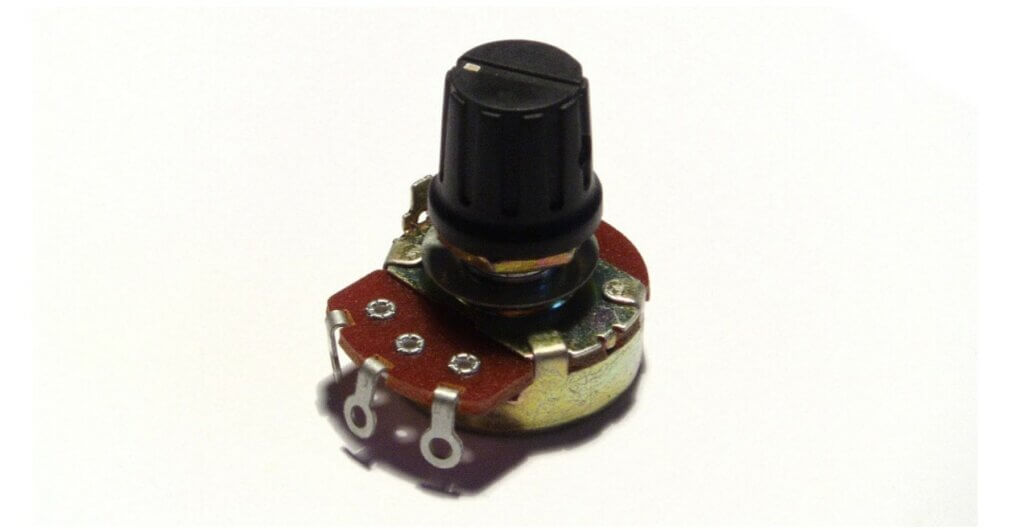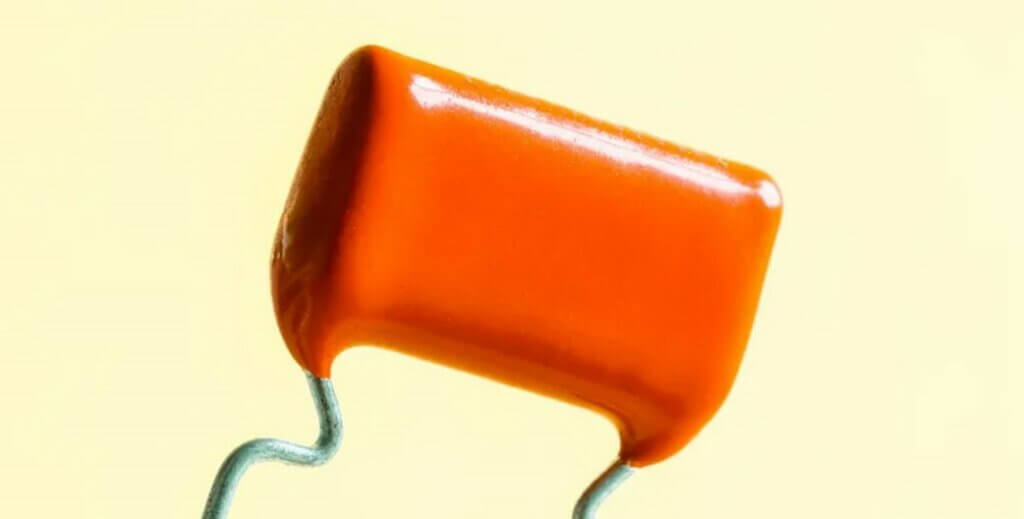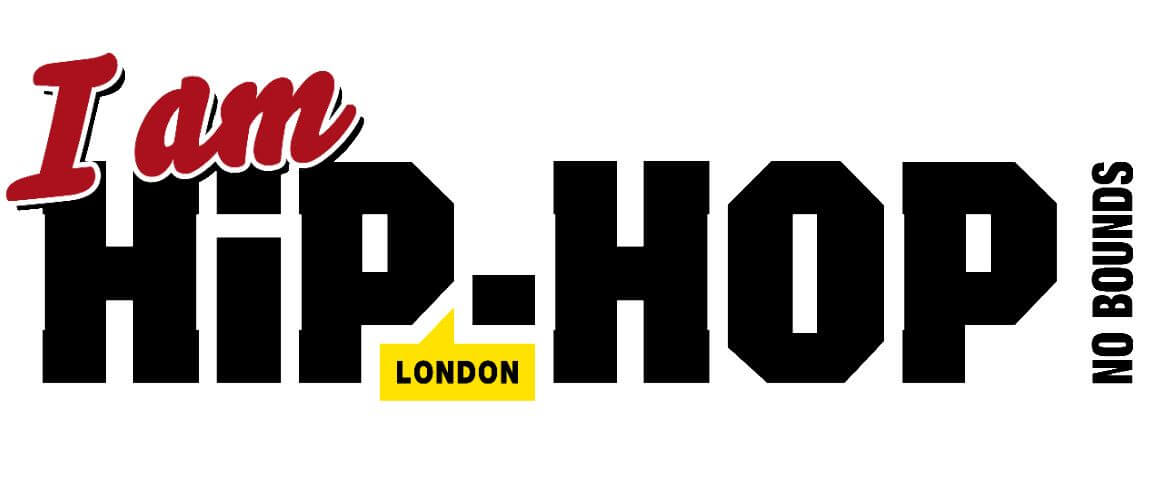Okay, so we’ve all heard the phrase electric guitar but what do we really mean by electric? And, what are the key elements that make up an electric guitar? OK here goes-
It refers to the electrical components that help produce and shape the sound of an electric guitar. These components can be found on the guitar itself, such as pickups and switches, or in external devices like pedals and amplifiers.
In this article, we will explore some of the most common guitar-related electronics, how they work, and how they can affect your guitar’s sound.
Pickups
The pickup is the heart of an electric guitar’s sound. It is a magnet wrapped in a coil of wire that senses the vibrations of the guitar’s strings and converts them into electrical signals. It works a little bit like a generator if you remember doing physics at school. These signals are then sent to an amplifier or other device that amplifies them to produce sound.

There are two main types of pickups: single-coil and humbucker.
Single-coil pickups use a single coil of wire to sense the string vibrations, and produce a bright, clear sound typified by the Fender Stratocaster and Telecaster. Humbuckers, on the other hand, use two coils of wire to cancel out the hum and noise that single-coil pickups can sometimes pick up. This results in a warmer, thicker sound — Take a look at the Les Paul and the majority of Gibson style guitars.
Some guitars have multiple pickups, allowing you to switch between them to produce different sounds. For example, a guitar with a bridge humbucker and a neck single-coil pickup can produce a wide range of sounds by switching between the two.
Potentiometers
Potentiometers, or “pots” for short, are variable resistors that control the amount of electrical current flowing through a circuit. In a guitar, they are used to adjust the volume and tone of the pickups.

As a volume control, they just limit the whole amplitude of the signal and hence you just get a quieter or louder sound coming out of the guitar. This can be an integral part of how your guitar sounds and not just how loud it is, as this will influence if the amplifier breaks up or not.
There are two main types of pots: audio (Logarithmic) and linear.
Audio pots are commonly used for volume controls, as they provide a more gradual increase at the start of their travel.
Linear pots are used for tone controls. They are wired in a simple circuit with the capacitor to enable the capacitance to increasingly short high frequency sounds to earth, thus changing the EQ. See next section.
Capacitors
Capacitors store electrical energy and release it when needed — well so what?
When a capacitor is connected to a pot, it creates a high-pass filter that removes low-frequency signals from the guitar’s sound.
This results in a brighter, more treble-heavy sound. The value of the capacitor used determines how much of the low frequencies are removed.

Switches
Toggle switches are mainly used to select pickups. For example, selecting just a bridge pickup will be more trebly than a neck pickup.
Other switches found on guitars include toggle switches, which are used to activate special effects like distortion or overdrive, and push-pull switches, which allow you to switch between single-coil and humbucker modes on certain pickups.
Effects Pedals
While not strictly part of the guitar or indeed not part of the guitar at all (!) they’re external devices, effects pedals are used to modify the sound of a guitar.
They are typically placed between the guitar and the amplifier. You can see many different pedals and interesting articles at guitarfxdirect.com
There are many different types of effects pedals, each with its own unique sound. Some of the most common types include:
Distortion: These pedals add distortion to the guitar’s sound, creating a gritty, overdriven sound.
Delay: These pedals create an echo effect, repeating the guitar’s sound after a short delay.
Reverb: These pedals add a sense of space to the guitar’s sound, creating a “roomy” effect.
Wah: These pedals allow you to manipulate the guitar’s sound by sweeping a filter up and down, producing a “wah-wah” effect.
So, in a nutshell these are the things that make the electric guitar “electric”
